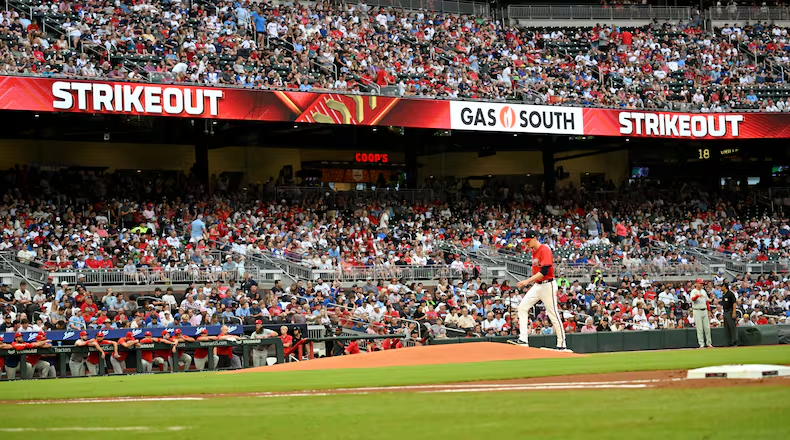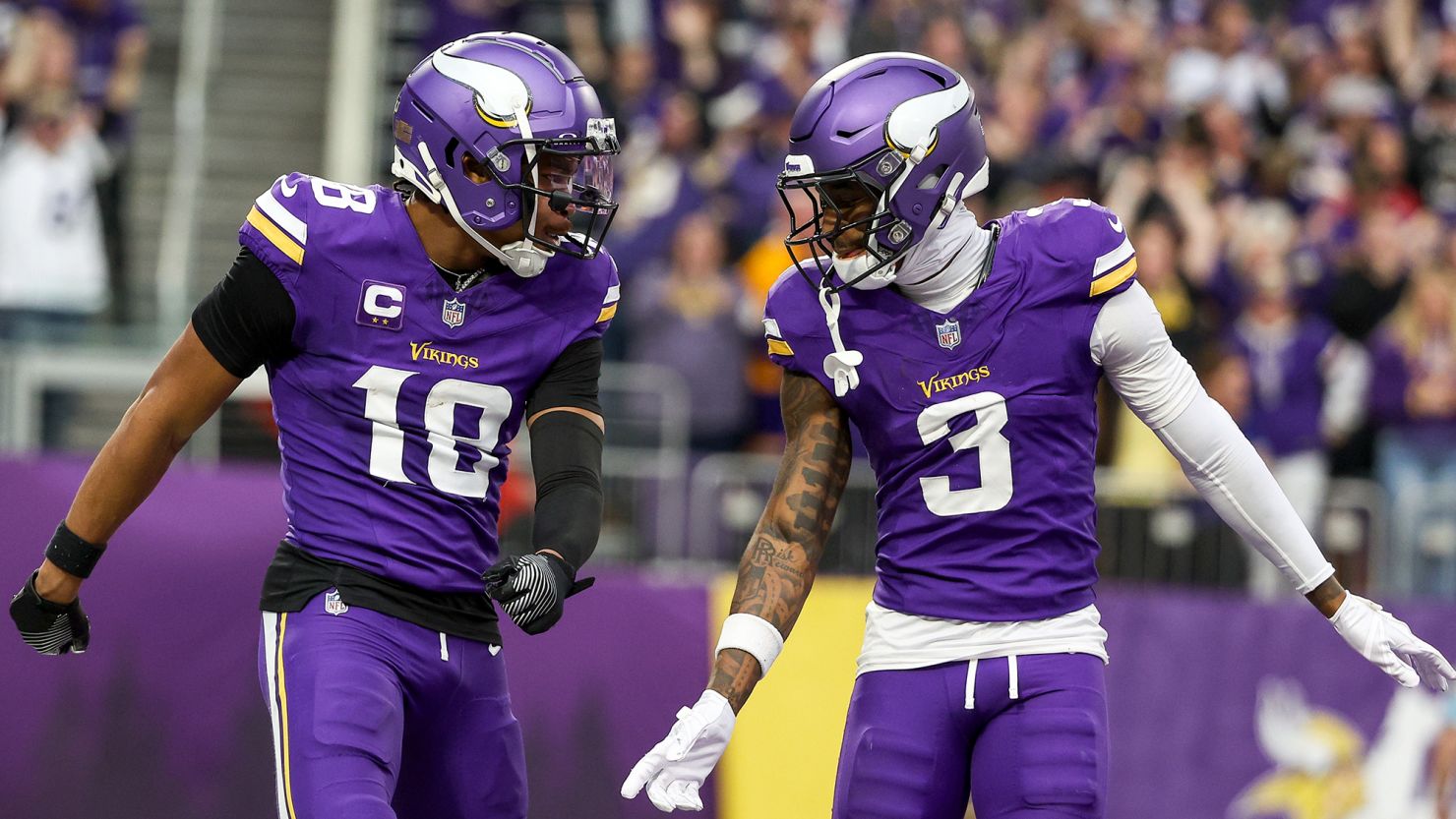Major League Baseball (MLB) has closed the 2025 regular season with a notable milestone: total attendance reached 71.4 million fans, marking the league’s first three-year streak of growth since the mid-2000s.
While the year-over-year increase was modest — just 0.09% above 2024 — the achievement lies in the consistency of recovery and resilience. For a sport long critiqued for declining crowds, demographic shifts, and competition from faster-paced entertainment, stringing together three consecutive seasons of growth sends a clear message: MLB is stabilizing its position in the North American sports landscape.
Why It Matters?
Attendance remains one of the most visible metrics of a league’s health. Beyond the direct revenue generated from ticket sales, matchday attendance drives:
- Stadium economics – concessions, hospitality, and merchandise sales are closely tied to gate numbers.
- Fan loyalty signals – consistent turnout reflects long-term attachment and community strength.
- Commercial leverage – sponsors and partners view high, stable attendance as a sign of engagement.
The last time MLB enjoyed a three-year growth run was between 2005 and 2007, an era that coincided with a broader boom in American professional sports. Reaching that kind of sustained upward trend again almost two decades later is significant, especially given the disruptions of the pandemic years.
Context Behind the Numbers
- 71.4 million fans is still below the all-time peak of MLB attendance (which crossed 79 million in 2007).
- Growth in recent seasons has been supported by rule changes aimed at improving pace of play, broader digital engagement, and stronger local market activations.
- The fact that the 2025 boost came only after the final day of the regular season shows how thin the margin of growth is — yet it was enough to push the league over the line.
This incremental rise may not sound dramatic, but in a world where many traditional sports leagues face declining stadium attendances, even modest growth is a competitive win.
The Strategic View
For MLB, the challenge now is converting this fragile momentum into a sustained long-term trend. That means:
- Continuing to appeal to younger fans through pace-of-play reforms, storytelling, and digital-first content.
- Leveraging regional identity and rivalries to keep stadiums full beyond the marquee markets.
- Expanding international engagement, where baseball has untapped growth potential in Asia and Latin America.
The lesson for other leagues is clear: even in mature, established markets, small but steady attendance gains can signal resilience and unlock commercial confidence.
Final Word
MLB’s 71.4 million total fans in 2025 may not represent a seismic shift, but it does represent something more valuable: proof that with the right adjustments and long-term consistency, traditional sports can still grow in the live arena era.
For a sport often accused of struggling to stay relevant, that’s a victory in itself.
Don’t Just Watch Sport, Understand It. Join the 365247 Newsletter for daily insights
For brands, agencies and services
IMAGE: Hyosub Shin / AJC


